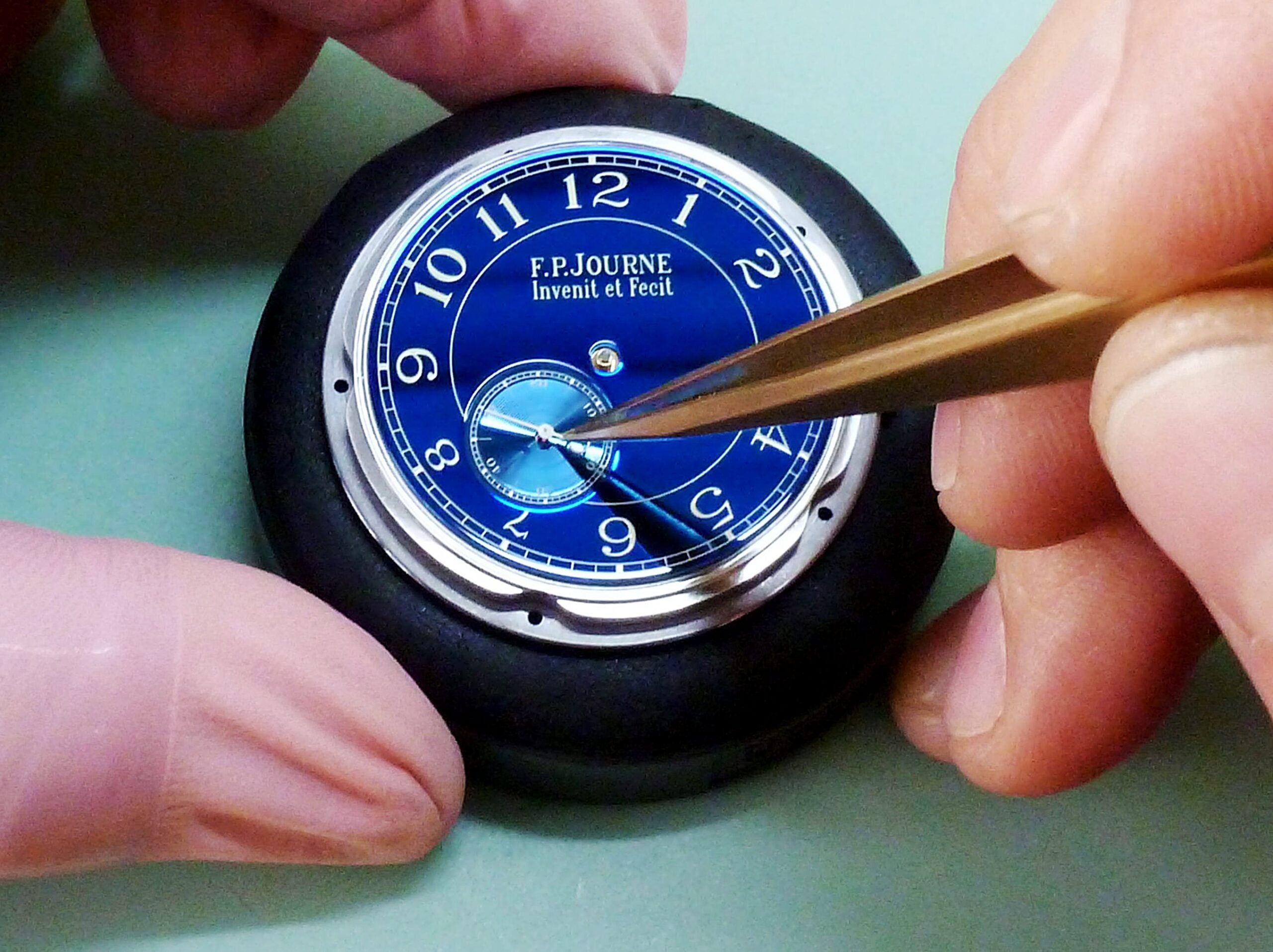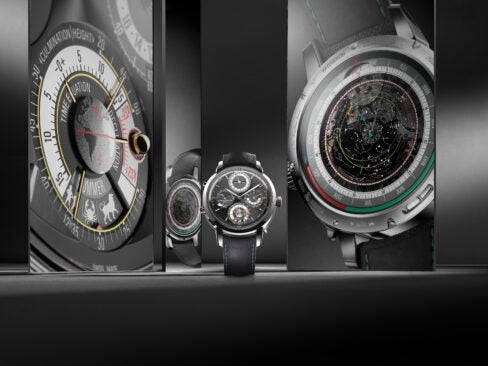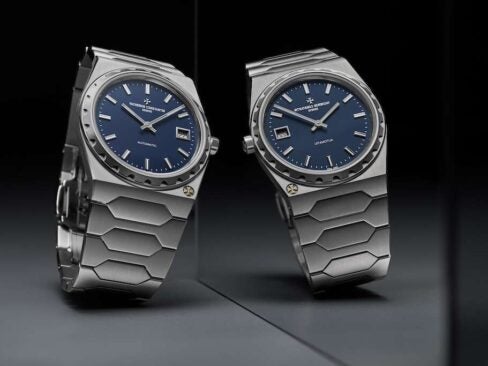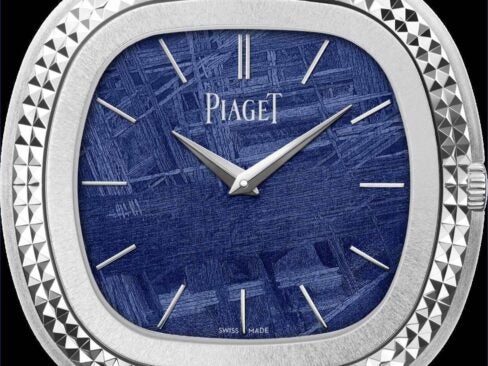While every FP Journe watch is made according to the same exacting quality levels at its workshop, no matter how complicated the functions, the Astronomic Souveraine watch is perhaps the most impressive achievement yet.
Easily one of the most remarkable independent watchmakers of our era, François-Paul Journe has a passion for haute horology and is obsessed with perfection. While he began his education as a watchmaker in his early teens, he quickly rose to renowned status among larger watch brands that sought out his intimate knowledge and meticulous execution of watchmaking.
Working for others was not enough for the highly driven Journe, though, and in 1994 he began a journey to develop his own timepieces made according to his own strict standards of excellence. In 1999, after five years of research, development and invention, he launched the eponymous FP Journe brand.
[See also: Iconic Men’s Watches of the 21st Century]
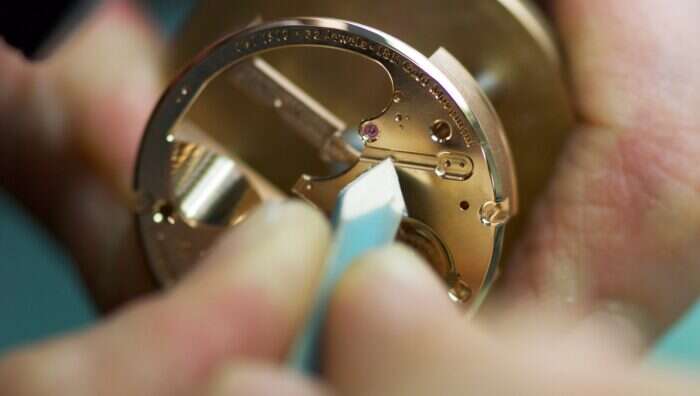
Decorating and finishing the movement angles by hand with carbon bits / ©FP Journe
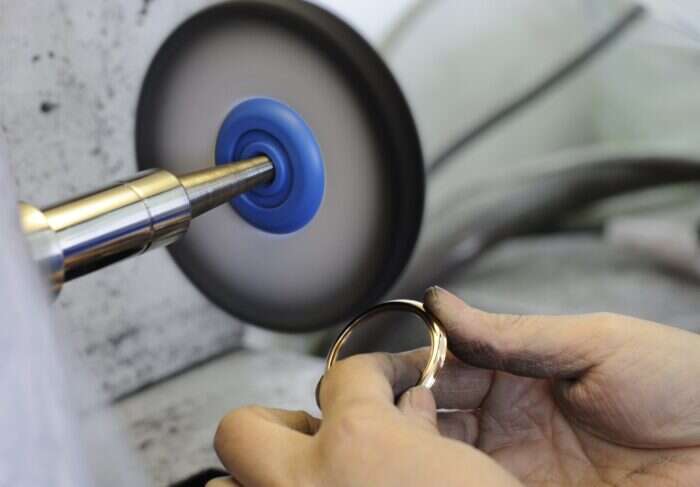
Hand-polishing the bezel of the timepiece / ©FP Journe
Easily one of the largest (and one of the oldest) ‘small’ independents in the modern watch world, FP Journe hand-assembles and hand-finishes all its timepieces at its workshops in the heart of Geneva. There, master watchmakers — hand-picked and trained by Journe — work deftly and tirelessly to breathe life into just about 900 complex timepieces annually.
The mechanical works of art for the wrist are among the most coveted by collectors and, in the rare instance one appears at auction, it typically commands record-setting bids.
[See also: The Best New Pilot Watches for 2022]
[See also: Elite Traveler Reveals Top Watches in the World 2021]
Not only do all FP Journe watches have superb aesthetics with innovative and complex movements, but they also offer harmoniously balanced proportions and unparalleled craftsmanship — making the brand one of the most celebrated and highly awarded marques.
While Journe insists on extraordinary craftsmanship, there are several important signatures that raise FP Journe watches to exceptional status. To begin with, for its classical collections, FP Journe builds its movements out of solid 18-karat rose gold and is the only watch manufacture to create gold calibers for all of its watches (with the exception of the sport watches and the women’s Elegante watches).
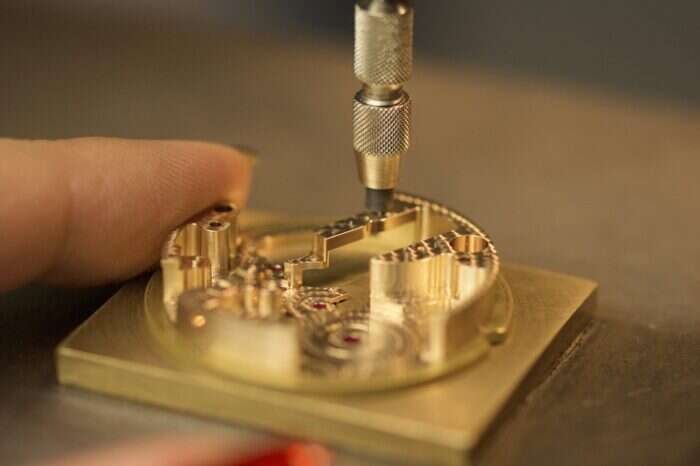
Creating the perlage motif on movement parts and bridges / ©FP Journe
For the titanium-cased sport watches, the movements are crafted of aluminium to ensure exceptional lightness and durability. Here again, FP Journe is the only manufacture to create aluminium movements for all of its sport watches.
Additionally, each FP Journe movement is entirely conceived of, designed and brought to fruition by master watchmaker François-Paul Journe. Then, a single watchmaker works with miniature parts, jeweler’s loupes and tweezers day after day to assemble hundreds of tiny mechanical pieces that in the end must all work together seamlessly, like a perfectly orchestrated dance. The final caliber is engraved with a serial number that indicates which watchmaker built it.
Almost every part of the watch is made in house, with Journe always inventing the movements and upholding the highest standards of haute horology. Utmost precision and excellence are hallmarks of every FP Journe watch — hence the slogan: Invenit et Fecit (invented and made).
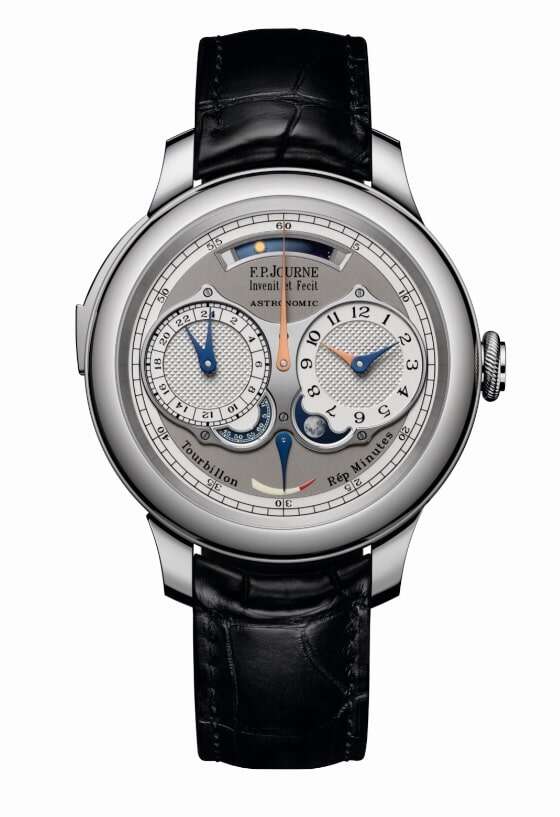
A finished FP Journe Astronomic Souveraine / ©FP Journe
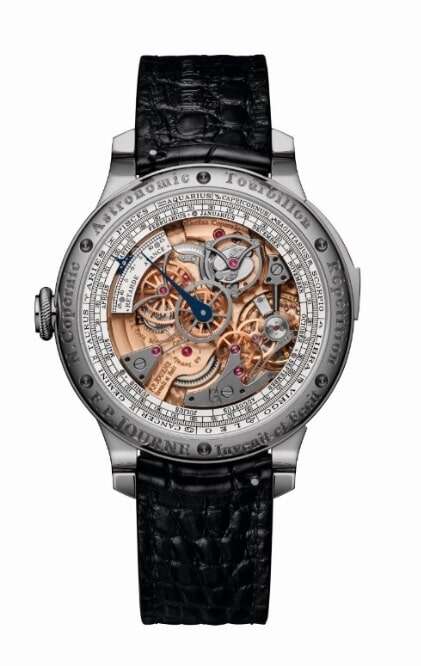
The transparent sapphire caseback enables viewing of the 18-karat gold movement, and the disks display the equation of time / ©FP Journe
While every FP Journe watch is made according to the same exacting quality levels, no matter how complicated the functions, the Astronomic Souveraine watch is perhaps the most impressive achievement yet. Six years in the making, the grand complication is the culmination of all of the watchmaking feats accomplished by FP Journe.
The manually wound movement boasts a tourbillon escapement, minute repeater, sidereal hours and minutes, moonphase indications, annual calendar, equation of time, sunrise and sunset times, and more. It consists of 758 individual parts and 68 jewels. Because it takes four months to build a single watch, the Astronomic is available by order only, and just two or three per year will be made, each retailing for approximately $1 million.
[See also: Only Watch Auction 2021 Raises Over $30m for Charity]





